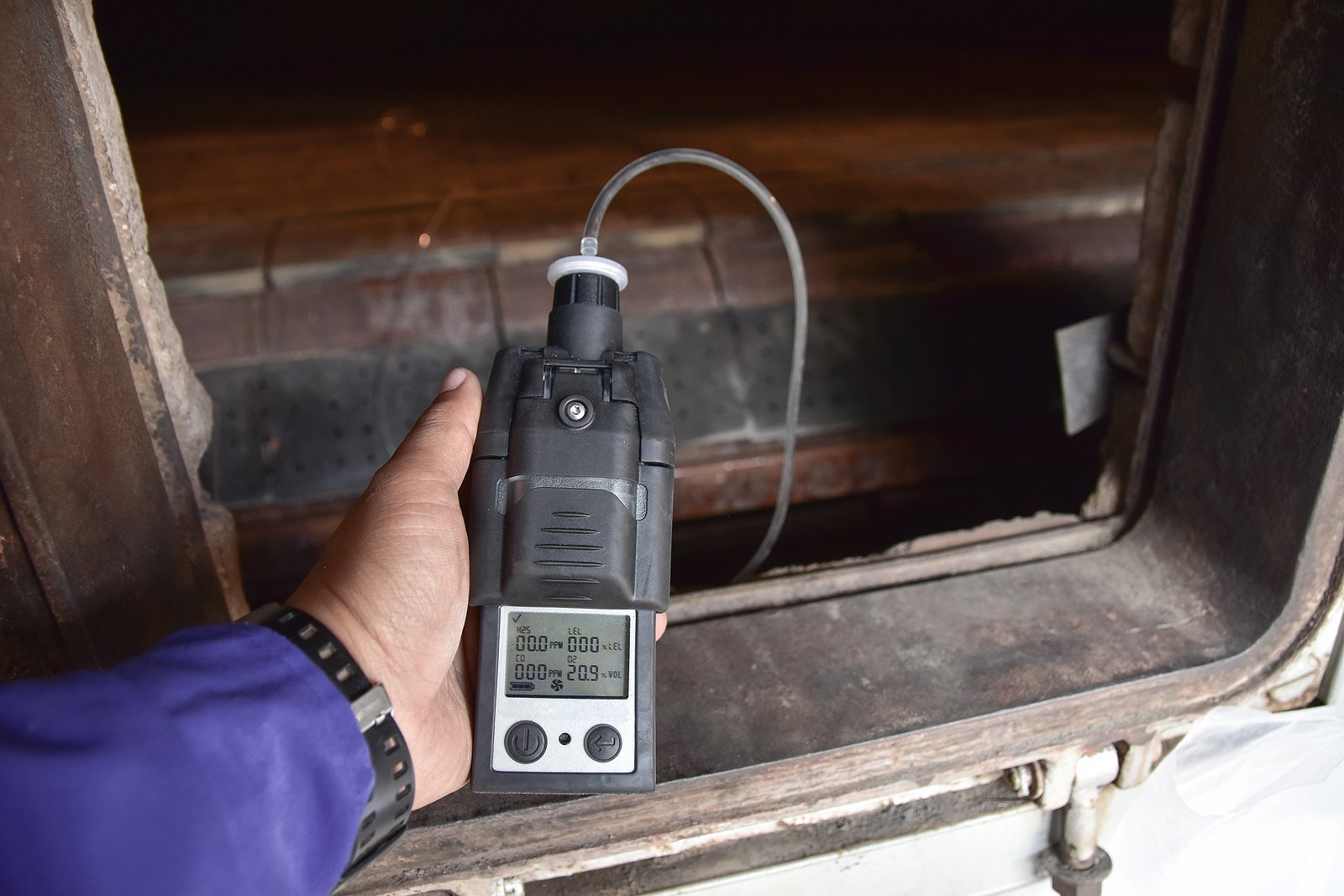What needs to be included in a Permit to Work?

A 'permit to work' is a formal, written, safe system of work to control potentially hazardous activities. The permit details the work to be done and the precautions to be taken. These will change depending on the nature of the work and hazards, for instance, a permit may involve limiting the movement of overhead cranes, the precautions needed for high voltage work or they might detail rescue arrangements for certain types of work. However there are a number of basic requirements applicable to the majority of permits:
Permit title
The title should clearly describe the type of work to be carried out, e.g. “Working at Height”.
Permit number
The permit to work should have a unique reference number for reporting and recording purposes. The number should be recorded in the master sheet and/or log book of permits issued and returned. All master sheet records should be kept in date order.
Location of work
There should be clear identification of the work location, e.g. the exact location of a piece of plant within a factory, rather than the name of the building.
Equipment/Plant identification
A clear identification of the specific machinery or plant will also be necessary, eg the asset number of the piece of equipment involved, or when carrying out maintenance on an electrical circuit breaker, the particular circuit breaker rather than just the switchboard should be identified.
Description of work to be carried out
It is important to not only describe the exact work to be carried out in a step-by-step manner, but also to outline the limitations of the work that can be carried out under the permit to work.
Hazard identification
Any residual hazards or additional hazards introduced by the work itself should be identified, e.g. when working in a confined space, the use of certain equipment or plant will introduce fresh hazards.
Necessary precautions
The precautions and preventative measures necessary to control the assessed risks should be outlined. Preventive measures are there to control hazards at source, for example, isolation can be achieved through locking off the power at its source. Mitigation controls are there to minimise the consequences of an incident, for example the provision of a fire extinguisher when hot work is being carried out.
.jpg?width=1600&name=bigstock-Factory-Worker-Warn-Coworker-A-387177118%20(2).jpg)
Protective equipment
PPE, such as respiratory protective equipment, should be specified, as should any barriers, warning signage or earthing equipment required.
Authorisation
The signature of the person issuing the permit to work is necessary to confirm that all safety precautions have been met.
In some cases, not all the measures can be taken before the permit is issued. For example, some isolators may be accessible only after entry into the work area but this would be acknowledged by the competent person when accepting the permit form.
Acceptance
The person in charge of carrying out the work generally signs the acceptance section. The permit acceptor should not sign the permit to work unless they understand the hazards involved and the precautions required.
Extension arrangements
If the work needs to be carried out after the time originally specified on the permit to work, then the document is normally cancelled and a new one issued. This allows for any changes of personnel or arrangements and it would indicate the stage of the ongoing work
Completion of work arrangements
The permit to work acceptor should sign to acknowledge that the work has been completed. This individual would also confirm that equipment can be returned to service and that all tools and/or temporary connections have been removed and that the equipment is safe for recommissioning and/or for return to normal service.
Return of form after work is completed
The permit to work issuer signs the cancellation section, which confirms that the plant and work area have been successfully returned to service and that it is safe to carry out normal work.
The Permit to Work document should be returned to the person responsible for the permit-to-work system and archived.
About Lisa Robinson
Lisa - word smith to the gods.
Tags: Permit to work

